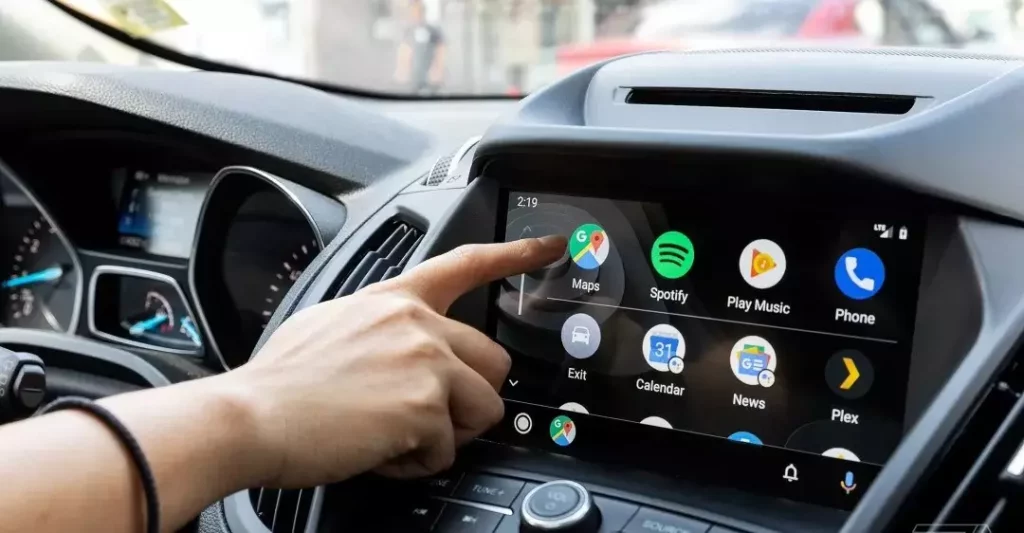With the recent beta release of Android Auto 14.1, the auto industry is witnessing a seismic shift in the way we engage with our vehicles. Google’s introduction of gaming features—featuring well-known titles such as Candy Crush Soda Saga and Angry Birds 2—lends a new layer to the driving experience. While this breakthrough may seem harmless at first, it unearths a plethora of ethical and practical dilemmas. As someone who harbors an interest in the implications of technology in everyday life, I am both intrigued and disconcerted by the potential ramifications of merging gaming with driving technology.
The Safety Paradox
At the forefront of this conversation is safety, a vital concern for anyone who operates motor vehicles. Google’s decision to allow gaming only when the car is parked is a commendable effort to minimize distractions while driving. However, there lies an unsettling paradox in this safety-first approach. The game interface is designed to close immediately when the vehicle is shifted out of ‘park’, and the app is grayed out within the interface. While these measures are necessary, they inevitably invoke the question: What happens when users disregard these boundaries for the sake of entertainment?
The existence of vibrant gaming options—even under the condition of being parked—could tempt drivers to extend their engagement during brief stops, such as traffic lights or, worse, while idling in congested parking lots. The thrill of interactive entertainment may prove too compelling for some, raising fears about whether relaxed safety protocols will lead to more distractions even in situations where they should be focused on driving.
A Spectrum of Digital Distractions
The lines are increasingly blurred between transportation and entertainment. As cars leverage more immersive technology, the temptation to indulge in digital diversions beckons. In this light, one might question whether Android Auto’s foray into gaming could set a dangerous precedent. Will we soon find ourselves advocating for entertainment systems that outweigh the critical function of vehicles—safe transportation?
While having gaming options can undeniably enhance our time spent in cars, it significantly raises questions about our societal values surrounding technology. The escalating reliance on screens has already been shown to detract attention from essential duties, such as driving, which requires our utmost concentration and focus.
The Value Proposition Dilemma
As consumers, the prospect of being able to play games within our vehicles may enhance the perceived value of owning a car equipped with these capabilities. But this opens another can of worms: Are we edging closer to viewing cars merely as platforms for entertainment? It is essential to understand that while innovation can elevate user experience, it can also dilute the intrinsic value of cars as tools for mobility.
The potential reward of instant entertainment comes hand-in-hand with the risk of transformation within car culture. As an individual who tends to lean towards center-right perspectives, I am concerned about what this shift says about our growing appetite for digital engagement at the expense of genuine experiences. If we’re not careful, we may be teaching future generations to prioritize gaming over the traditional necessity and joy of driving.
Gaming and Ethical Responsibility
Through a lens of ethical responsibility, it becomes pertinent to interrogate the implications of encouraging gaming in vehicles, even under seemingly safe conditions. The reality is that people are impressionable creatures; a younger demographic might view these gaming provisions as permission to disregard the need for active engagement with driving duties. Essentially, while companies like Google may consider Android Auto 14.1’s gaming implementation as an exciting advancement, it poses a moral question of whether they are inadvertently endorsing a culture of distraction.
In the grand scheme of modern conveniences, the allure of having entertainment options within the car is likely to resonate well with many consumers. Yet, we must tread with caution; while excitement and innovation are imperative, they must never eclipse the ethical undercurrents of safety. Recognizing this balance is paramount if we hope to maintain responsible freedoms in our increasingly interconnected lives.









Leave a Reply